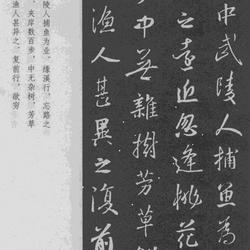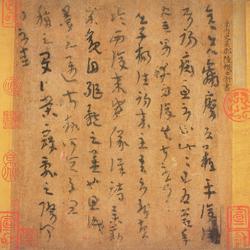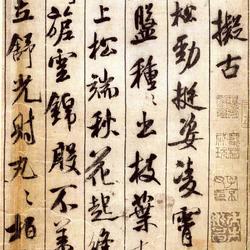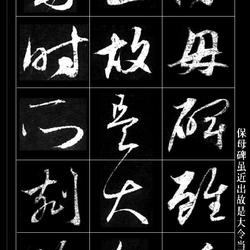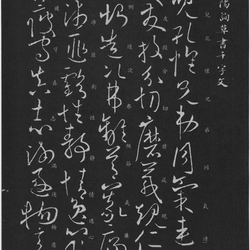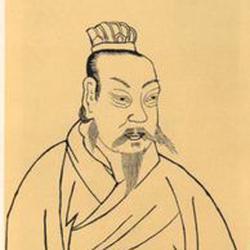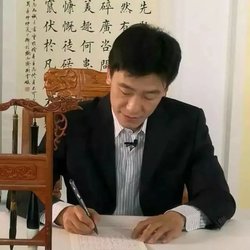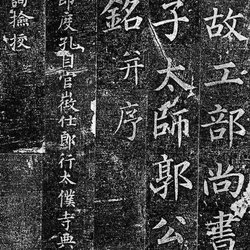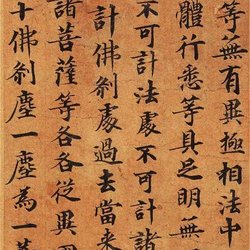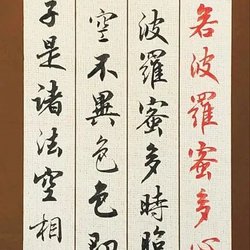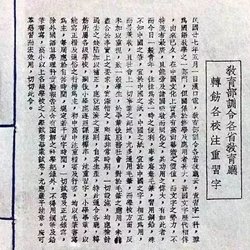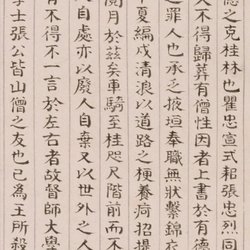"Sun Guoting Book of Records"
Song Kezhangcao's "Sun Guoting Shu Pu Album" was presented to his friend Yu Mengjing. The date was not signed later, but looking at the works in this album, regular script, running script and chapter cursive are integrated into one furnace, and the writing power is fresh, vigorous and ancient. , the words are sparse and scattered, and the whole text is written in one go with more than a thousand words, without any flaw in writing. It can be said that the boldness is seen everywhere in the essence, and the skill is seen in the subtleties.
At the end of the Yuan Dynasty, Zhu Yuanzhang rose up among the heroes, expelled the Meng Yuan, established Nanjing as his capital, and founded the Ming Dynasty in the first year of Hongwu (1368). In the early Ming Dynasty, calligraphy basically followed the calligraphy of Zhao Mengwan Nairan. The calligraphers represented by the Three Song Dynasties (Song Zhen, Song Ke, Song Guang) and the Second Shen Dynasty (Shen Du, Shen Can), except Song Ke's Zhang Caoshang In addition to having certain characteristics, other calligraphers were relatively weak in creativity. Although several calligraphers were very famous at that time, especially during the Yongle and Xuande years, the brothers Shen Du and Shen Can were favored by Emperor Chengzu. They became famous for a while, and important documents of the imperial court were written by these two people. As a result, they competed to imitate their styles, and their individuality was completely lost. In the middle of the Ming Dynasty, the calligraphy style of Wuzhong changed with the rise of calligraphers.
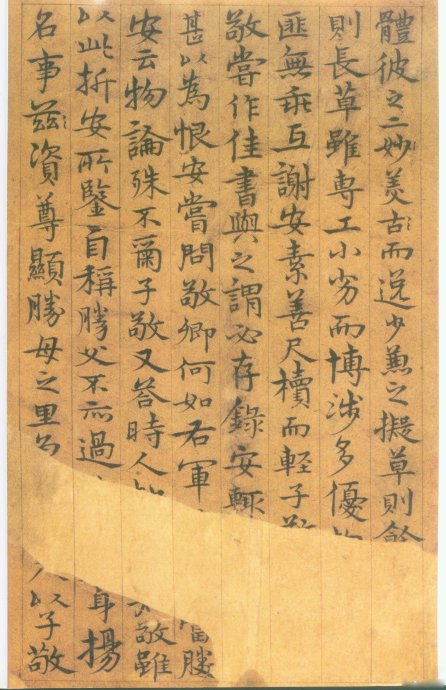
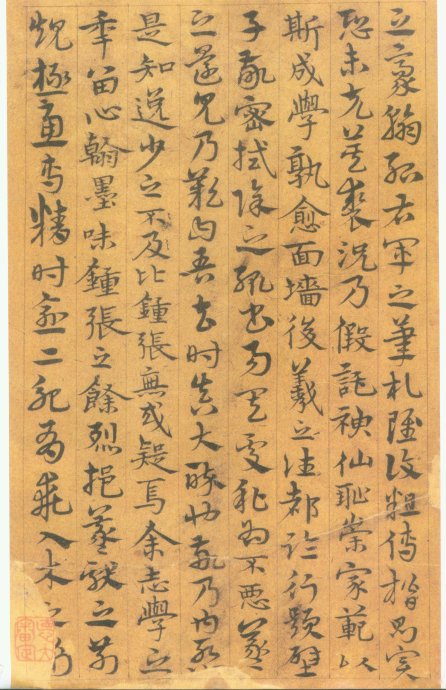
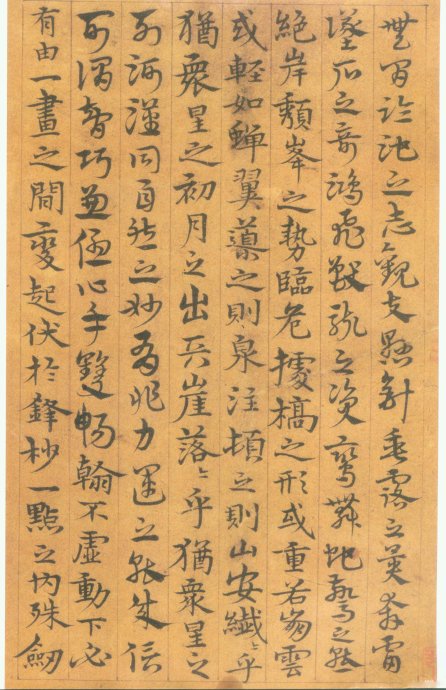
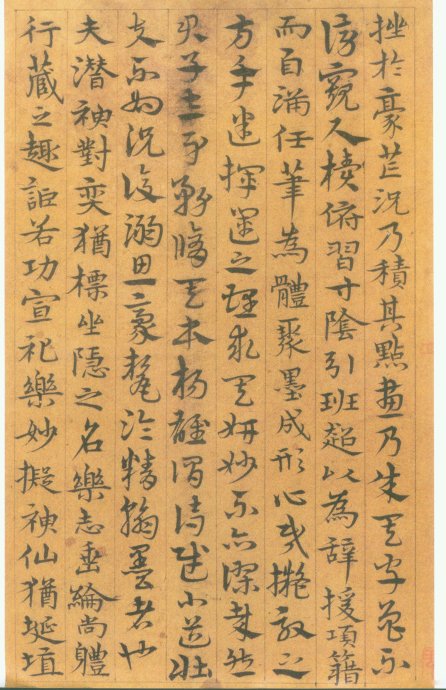
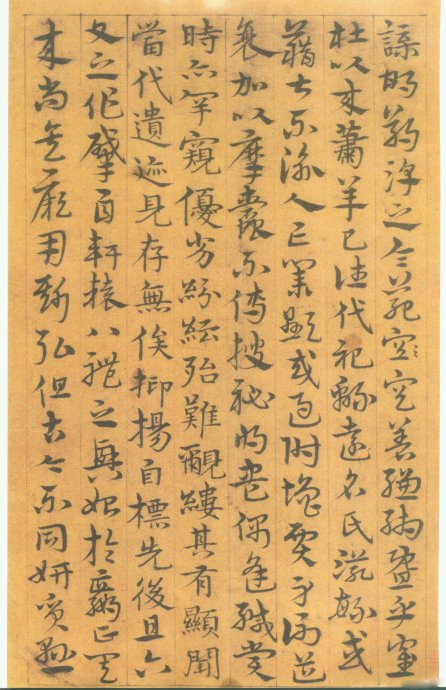
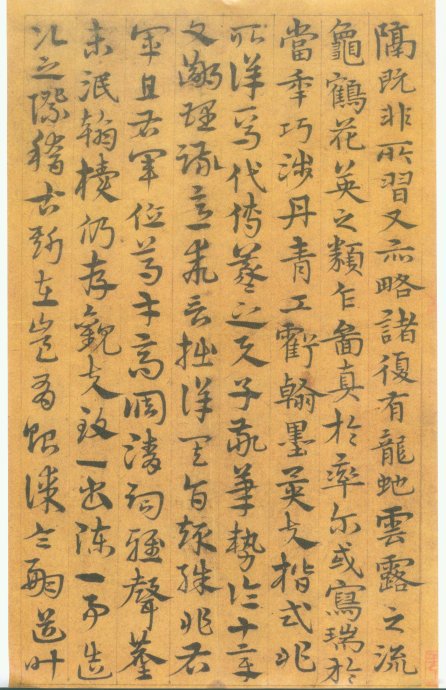
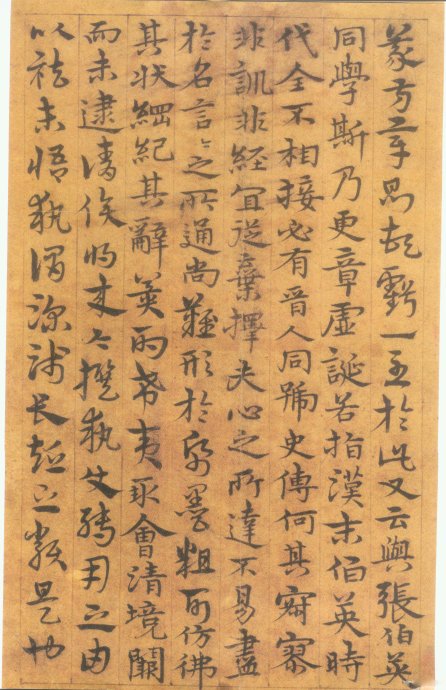
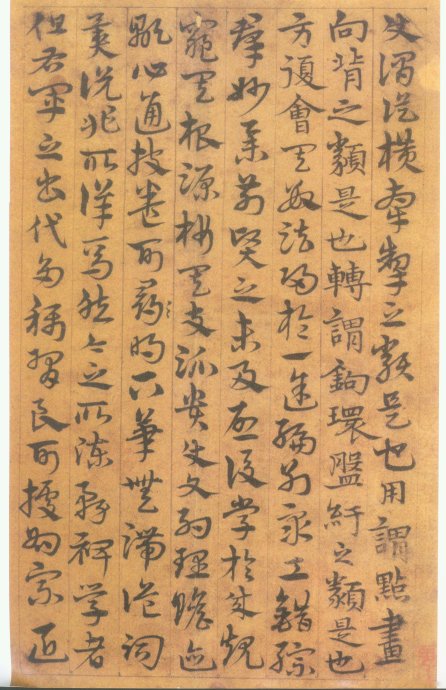
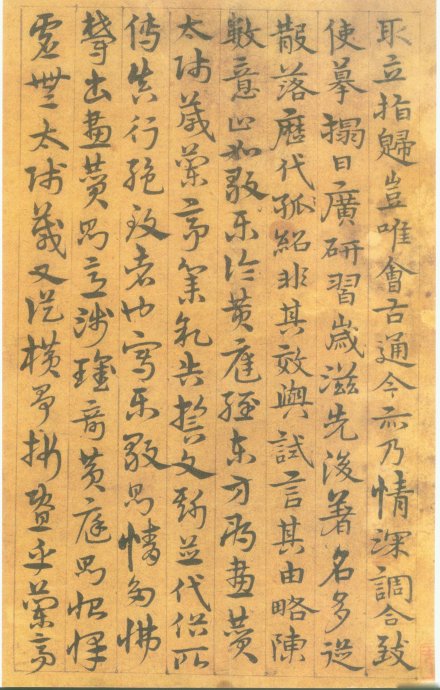
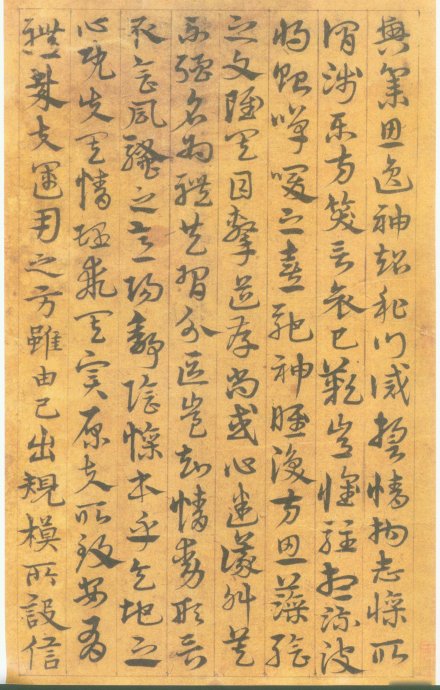
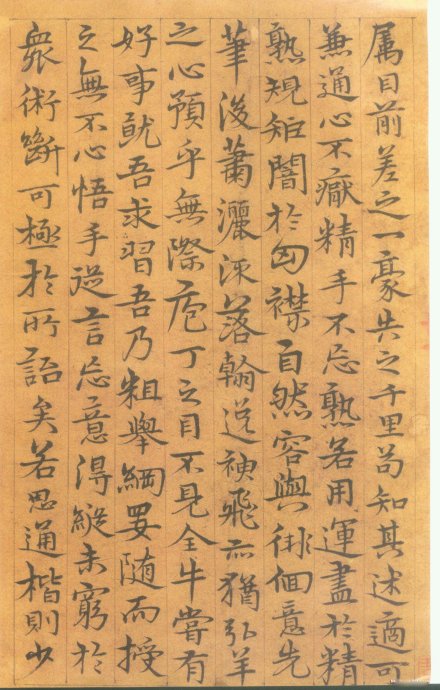
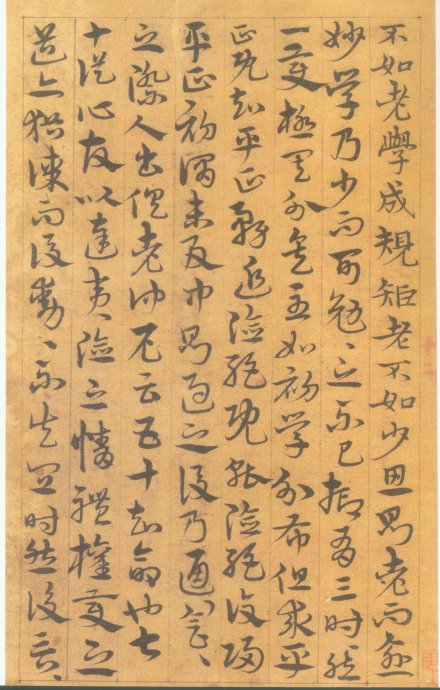
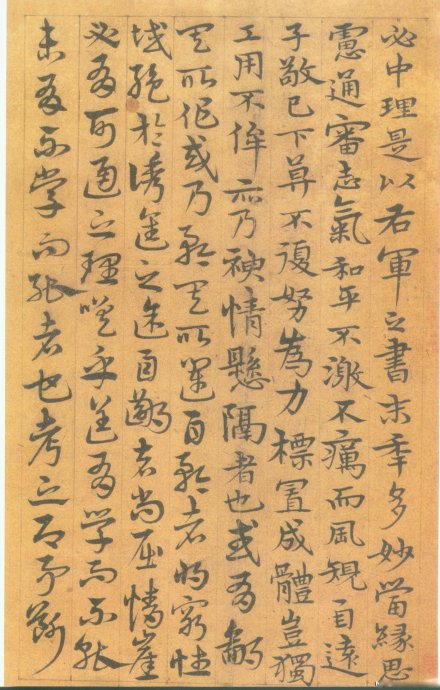
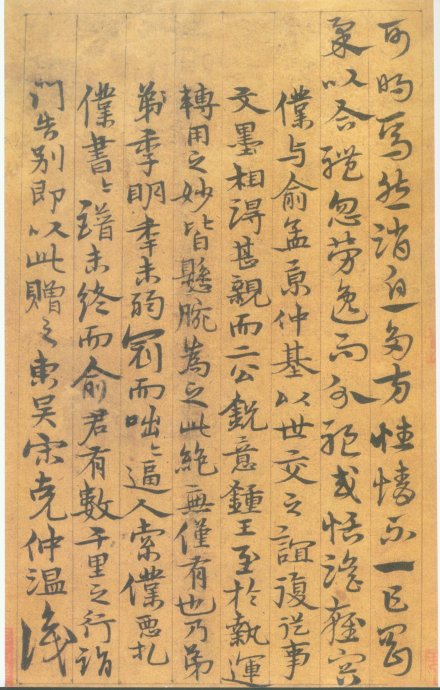
Song Ke (1327-1387) was named Zhongwen, also known as Kewen, and was named Nanguansheng. He was a native of Changzhou (Wuxian), Jiangsu. Song Ke was born in a very wealthy family. He had read extensively since he was a child. Because of his bold personality, tall body, and his heroic deeds, he had many followers at home. He liked drinking and gambling, but his family fortune was lost due to the turmoil in the Yuan and Song Dynasties. At that time, intending to make great achievements, he walked north to the Central Plains and raised the flag of righteousness to start a rebellion. Unexpectedly, he was blocked in the middle way, so he traveled upstream to Jinling and entered the mountains of Jinhua and Kuaiji in Zhejiang Province. He was well-known in the countryside, and Zhang Shicheng repeatedly wanted to recruit him as a guest, but he refused to go. He stayed at home behind closed doors and built a room where he kept all the Dharma inscriptions and Zhou Qin tripods. In his later years (at the beginning of Hongwu), he served as the magistrate of Fengxiang County, Shaanxi Province, and soon resigned and returned to his hometown. During his seclusion, he became close friends with Yang Weizhen, Ni Zan and others, and sang poems to each other. In particular, Yang Weizhen liked Song Ke's works very much. In calligraphy, if there are new poems and lyrics, Zhong Wen is often invited to write them. Song Ke learned calligraphy from the ancient times and traced it back to the Wei and Jin Dynasties. He especially studied Huang Xiang's "Ji Jiu Zhang". It is said that Song Ke studied under the famous calligrapher of the Yuan Dynasty. Rao Jie was well versed in his writing skills and was very diligent in calligraphy. According to the "History of Ming Dynasty·Wenyuan Biography", it is said: "Ku Du Men dyed Han and spent ten papers a day, so he became famous all over the world for his good calligraphy." His real calligraphy comes from Zhong Yao's cursive writing combines the legacy of "Jijiucao" by Two Kings and the Emperor's Elephant. It is fresh, vigorous and elegant. The most commendable thing is that he integrated Zhang Cao into his cursive writing, which is unique. Wu Kuan commented on his book and said: " The book was published in the Wei and Jin Dynasties, and he was deeply influenced by the method of King Zhong, so his writing is exquisite and his style is graceful and lovely." His handed down works include: "Li Bai's Difficulties on the Road", "Qi Ji Zhi", "Du Zi's Beautiful Poems", "Dingwu Lanting Postscript" ", "Liu Zhen Gong Yan's Poems", "Xing Gong Ying Ancient Poems", "Ji Ju Cao", etc. The "Song Ke Shu Sun Ting Shu Pu" contained in this volume was presented to his friend Yu Mengjing. The date was not signed later, but even if Looking at the works in this volume, regular script, running script, and chapter cursive are integrated into one furnace. The writing force is clear, vigorous and ancient, and the wording is sparse and loose. The entire text of more than a thousand words is written in one go, without any flaw. It can be said that the essence is bold and bold everywhere, and the subtlety is everywhere. The skill can be seen in the painting, and the writing is as if it is unsatisfactory, which is breathtaking. It is now photocopied and published for the benefit of calligraphy lovers. (one scoop)

